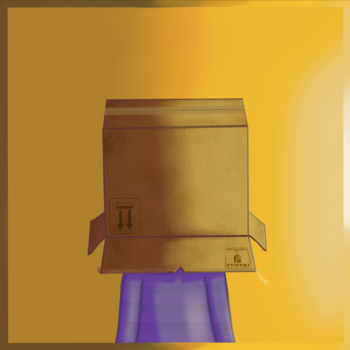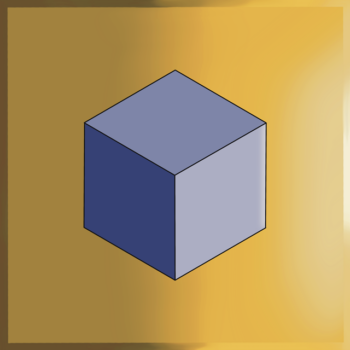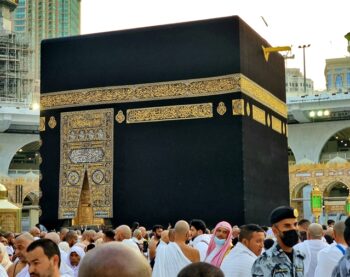Definition:
Tefillin are small black leather boxes containing Hebrew scriptures, worn by observant Jewish men during weekday morning prayers. One box is bound to the forehead, and the other to the arm, with leather straps wrapping around the arm and hand.
Etymology:
The word “tefillin” comes from the Hebrew root “פלל” (palal), meaning “to judge” or “to pray.” The term is related to “tefillah” (prayer). Some scholars suggest a possible link to the Aramaic “ṭəpillīn,” meaning “attachments” or “tokens.”
Description:
The tefillin set consists of two parts:
- Tefillin shel rosh (for the head) – placed on the forehead.
- Tefillin shel yad (for the arm) – wrapped around the arm and hand.
The two cube-shaped leather boxes (batim), each contains four biblical passages written on parchment by a qualified scribe (sofer). These passages are:
- Exodus 13:1-10 (Sanctification of the firstborn).
- Exodus 13:11-16 (Exodus from Egypt).
- Deuteronomy 6:4-9 (Shema Yisrael: “Hear, O Israel…”).
- Deuteronomy 11:13-21 (Reward and punishment for obeying God’s commandments).
The tefillin shel yad has all four passages written on a single scroll, while the tefillin shel rosh contains four separate scrolls, each placed in a different compartment. They are secured with black leather straps, tied in a specific way according to tradition.
Symbolism:
Tefillin physically bind the wearer, representing mental and physical submission to religious doctrine. The head tefillin is placed over the so-called third eye, symbolizing control over thought, while the arm tefillin, tightly wrapped, signifies control over action. This can be seen as a metaphor for being confined within a belief system that shapes one‘s perception of what exists, restricting alternative ways of thinking.
Tefillin are most often black and cube-shaped. A cube symbolizes a prison of fantasy, a construct that limits free thought and insight. More specifically, the black cube is associated with Saturn or Satan worship. The cube is also present, though hidden, in the symbol of Judaism: the Star of David. In this context, the color black can symbolize the hidden nature of the cube, an element that remains unseen yet structurally significant.
This symbolism closely resembles that of the Islamic Kaaba, another black cube that serves as a central religious focal point. All religions share the common characteristic of being prisons of fantasy—systems that confine human thought within predetermined boundaries, preventing individuals from seeing beyond the doctrines to which they are bound.
Articles:
Black Cube
Definition: A black cube is a three-dimensional geometric shape with six equal square faces, uniformly colored black. A cube being black primarily serves as a symbol. Etymology: The word “cube”…
Box of Shame
Definition: “Box of Shame” is a metaphorical and visual representation of shame, embarrassment, or a desire to hide from judgment, usually by wearing a cardboard box over one‘s head or…
Cube
Definition: A “cube” is a three-dimensional geometric figure with six equal square faces, twelve edges, and eight vertices. In mathematics, it is a special type of rectangular prism where all…
Kaaba
Definition: The Kaaba is a cube-shaped building located in the center of the Masjid al-Haram in Mecca, Saudi Arabia. It is the most sacred site in Islam and serves as…
Seal of Solomon
Definition: The “Seal of Solomon,” also known as the “Ring of Solomon,” is a symbolic emblem attributed to King Solomon, a wise and powerful monarch in Jewish, Christian, and Islamic…
Star of David
Definition: The “Star of David,” also known as the Magen David (Shield of David), is a hexagram or six-pointed star formed by two interlocking triangles. It is a prominent symbol…
Religion:
The commandment to wear tefillin is derived from the Torah:
- “And you shall bind them as a sign upon your hand, and they shall be as frontlets between your eyes.” (Deuteronomy 6:8).
- “And it shall be for a sign upon your hand, and for frontlets between your eyes, for by strength of hand the Lord brought us forth out of Egypt.” (Exodus 13:16).
The Talmud elaborates on how tefillin should be made and worn (Menachot 34b). According to Jewish law (halacha), men over the age of 13 wear tefillin during weekday morning prayers, except on Shabbat and Jewish holidays.




